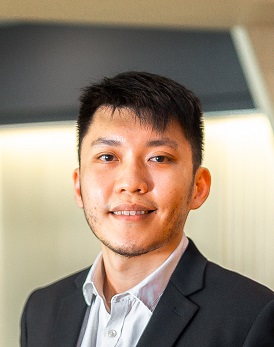
Kelvin Yong received his PhD and BEng(Hons) in Electrical and Electronic Engineering from Swinburne University of Technology in 2016 and 2010 respectively. His dissertation title was Direct modulation and injection locking characteristics of quantum cascade lasers. After the completion of his study, he served as a post-doctoral fellow at Universiti Malaysia Sarawak on a project on information security where he studied the detection scheme for phishing sites and emails. He, then, worked as a lecturer at Curtin University before joining Swinburne Sarawak, also as a lecturer, in 2020.
His research interests include the area of cybersecurity, specifically information security and cyber threat detection with the focus on the study of improvement of detection schemes leading to effective tools to detect cybersecurity attacks and threats.